The news about China's largest domestically-manufactured shield tunneling machine rolling off the production line has created an internet sensation among Chinese netizens. Weighing around 4,300 tons, 16.07 meters in diameter (taller than a 5-story apartment building) and 150 meters in length, this giant machine has taken China’s manufacturing capability to the next level. Another reason for its popularity is that shield machine was painted with a big Beijing Opera face, a widely adopted symbol representing Chinese culture. How much do you know about the Chinese opera masks?
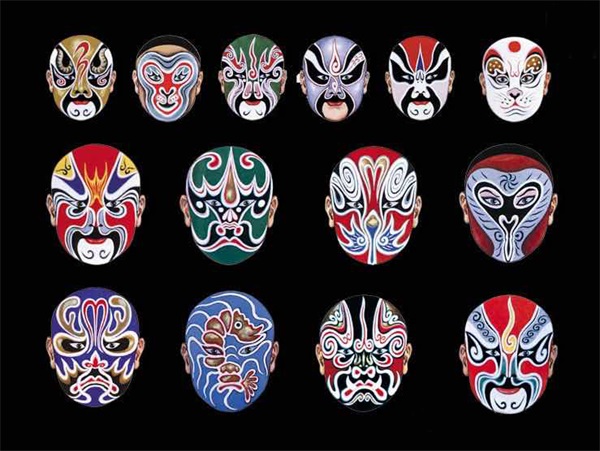
The Chinese opera is a pattern of put-on facial make-up for opera actors and actresses,and the makeup is designed differently depending on the role play. There are many different designs and colors, and each one has a special meaning that it represents. Facial make-up has obtained the reputation as "painting of heart and soul" for it helps enable the audience to grasp a glimpse of the inner world of the performers.
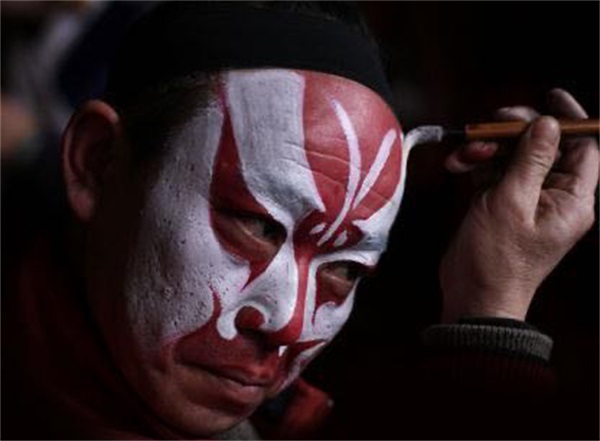
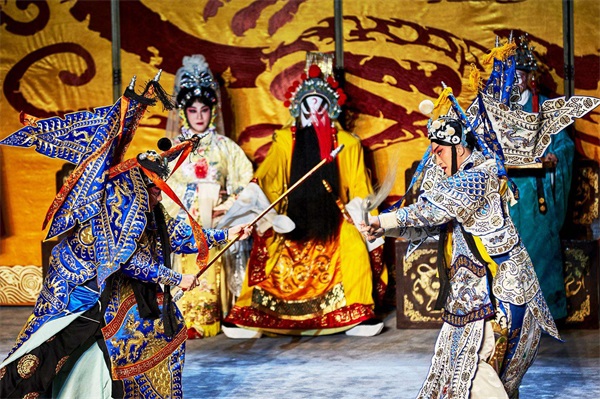
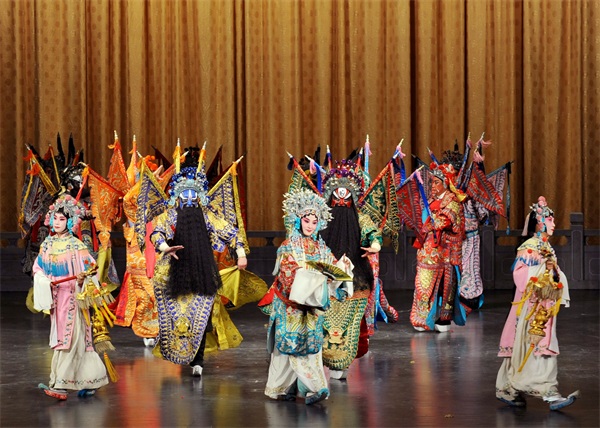
Opera masks originate from totem in ancient times, develops into facial paintings of the Song and Yuan Dynasties, and eventually takes the shape of facial costume of the Ming and Qing Dynasties. There was a general in ancient China who wore a hideous mask in every battle to create a majestic atmosphere on the battlefield and boost his morale.
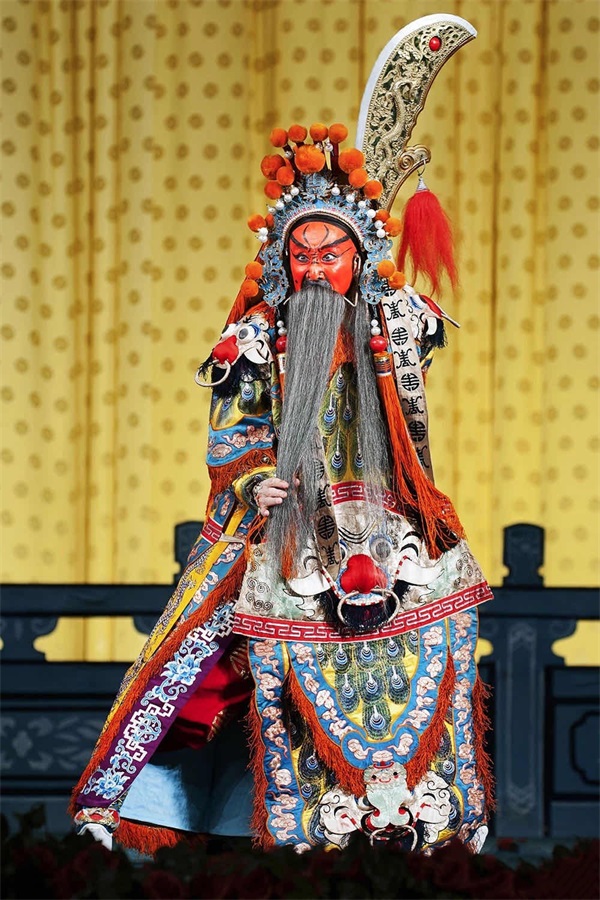
Chinese Opera Mask, Guan Yu
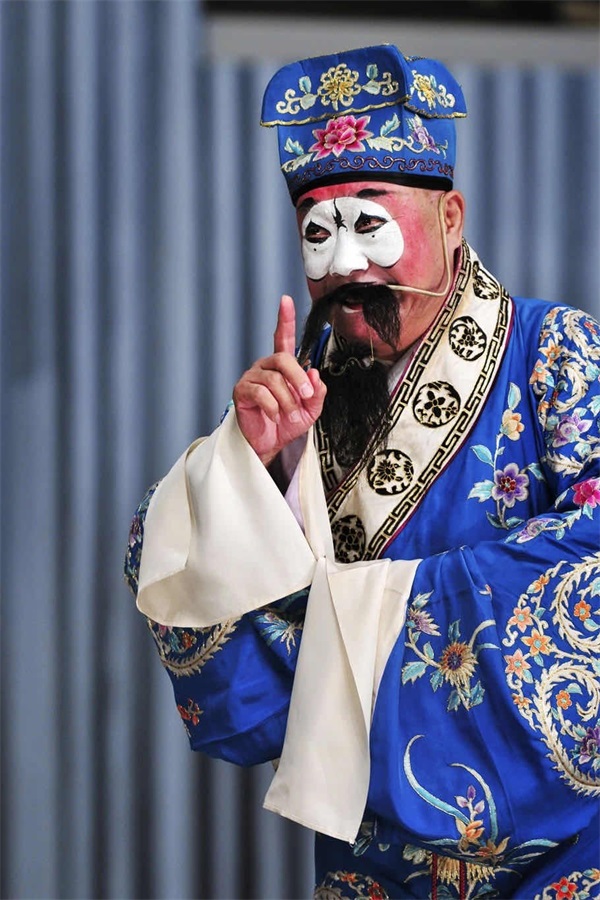
(A white masks suggests sinisterness, treacherousness, suspiciousness and craftiness)
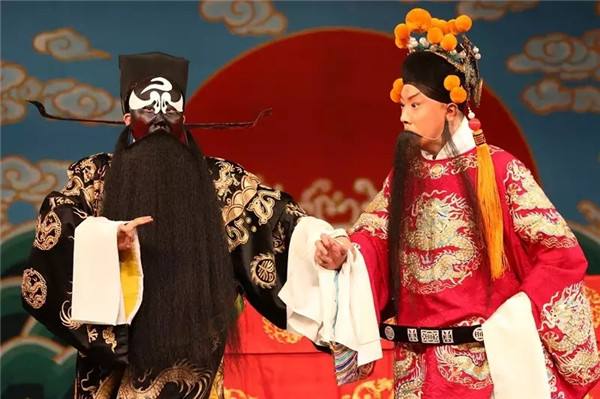
(Black symbolizes roughness and fierceness)
Red indicates devotion, courage bravery, uprightness and loyalty, as indicated in the painting drawn on the shield tunneling machine mentioned above. Black symbolizes roughness and fierceness. The black face indicates either a rough and bold character or an impartial and selfless personality. Yellow signifies fierceness, ambition and cool-headedness.
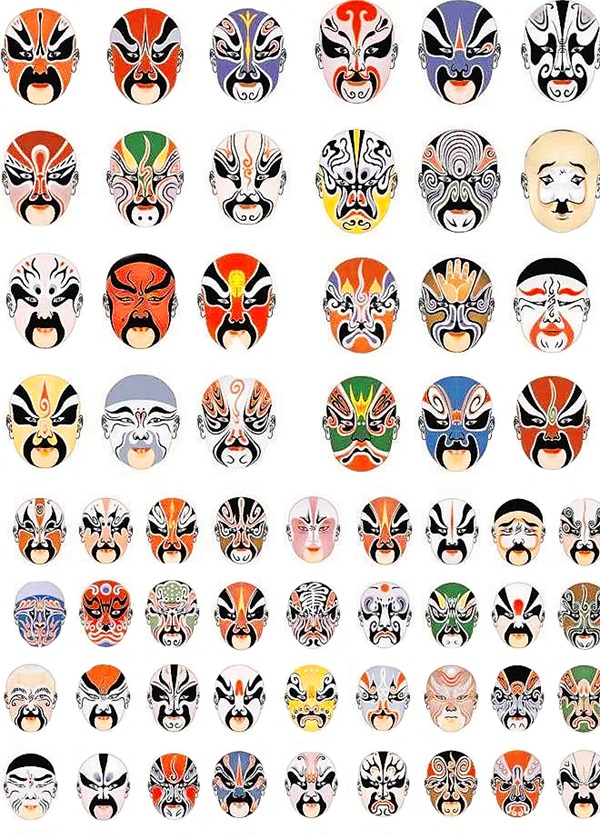
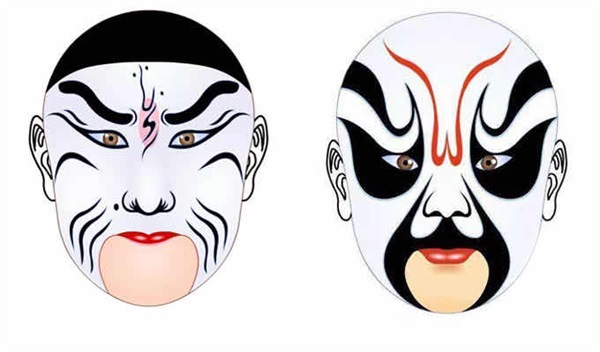
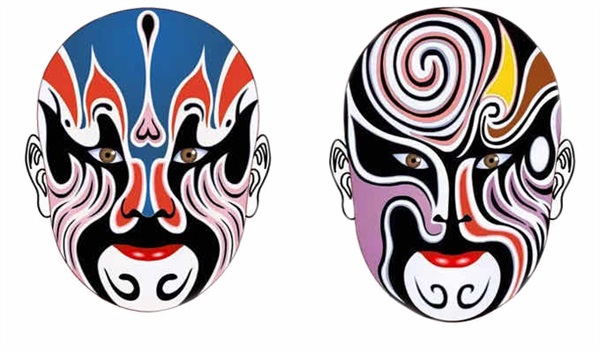
Nowadays, people can still find traces of opera mask cultures on the packaging of some goods, clothes, and collectibles.
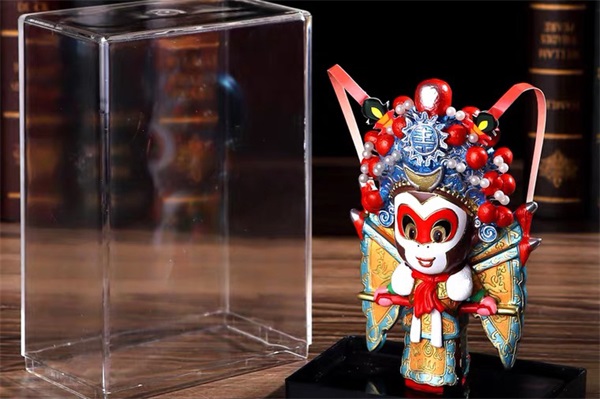
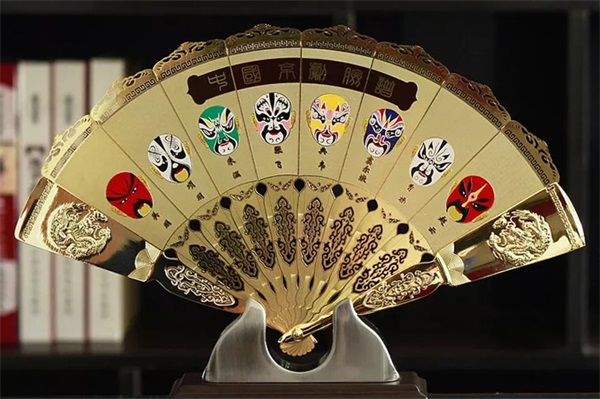
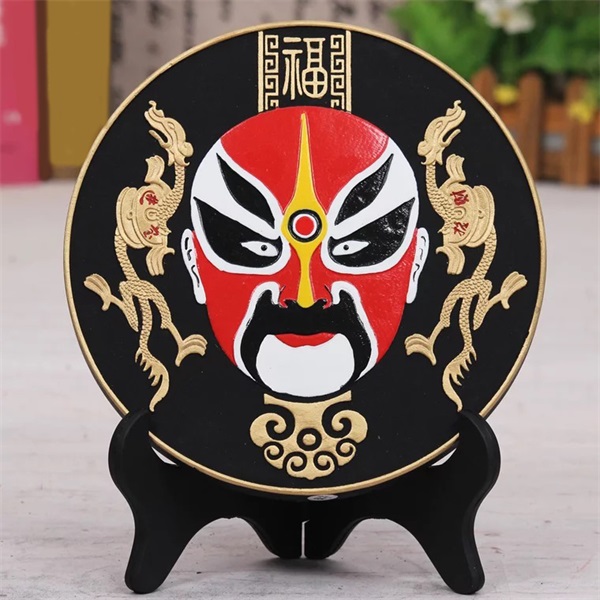
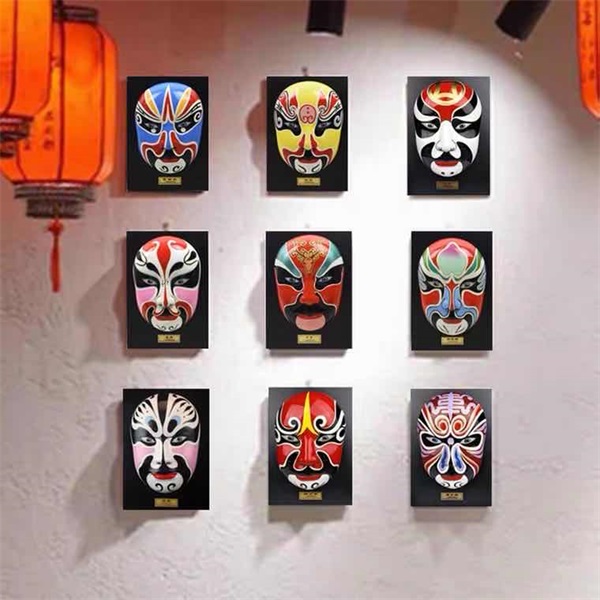
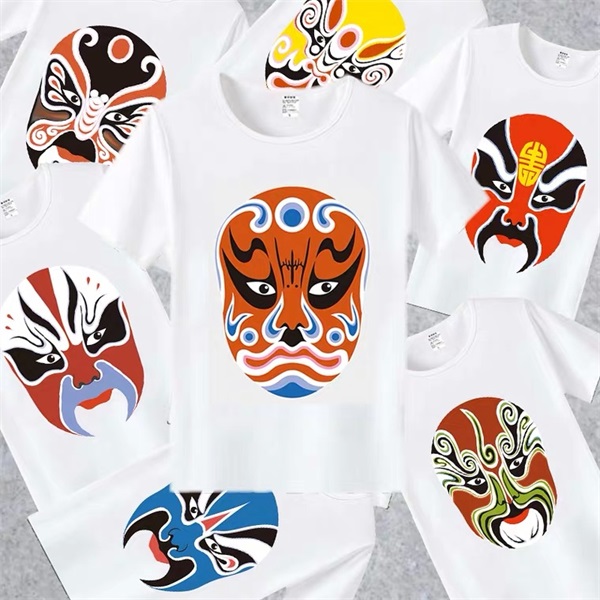
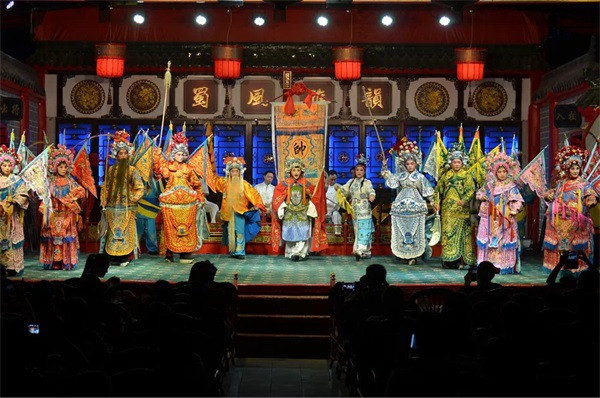
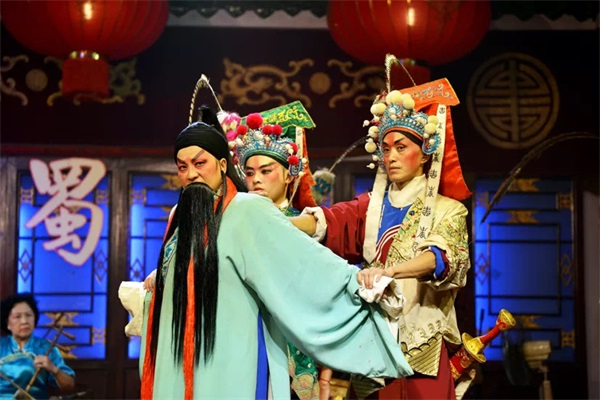
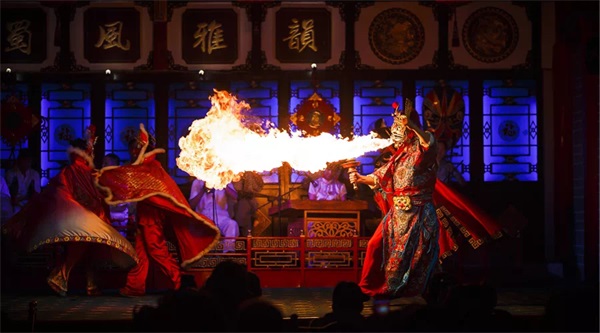
The opera face has been around for over 4,000 years. If you intend to know more about Chinese opera face culture, you can pay a visit to the Liyuan Theatre in Beijing, the Mei Lanfang Grand Theatre and the Sichuan Grand Theatre in Chengdu to experience the most authentic theatrical performances face up close.